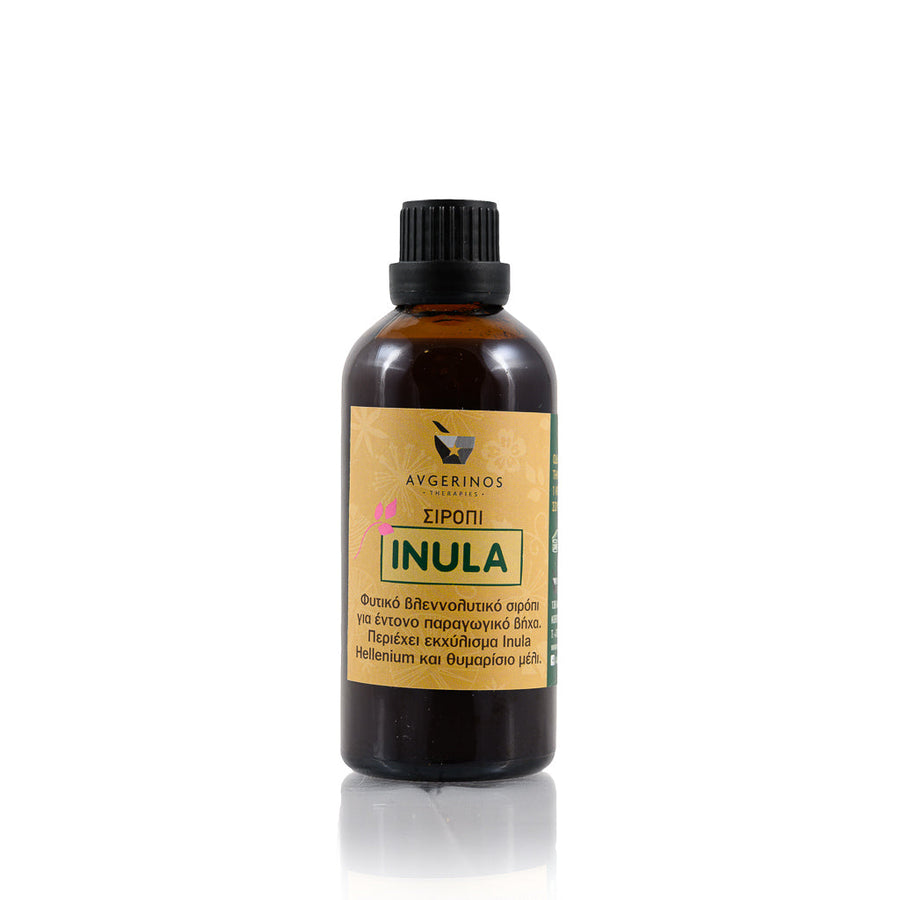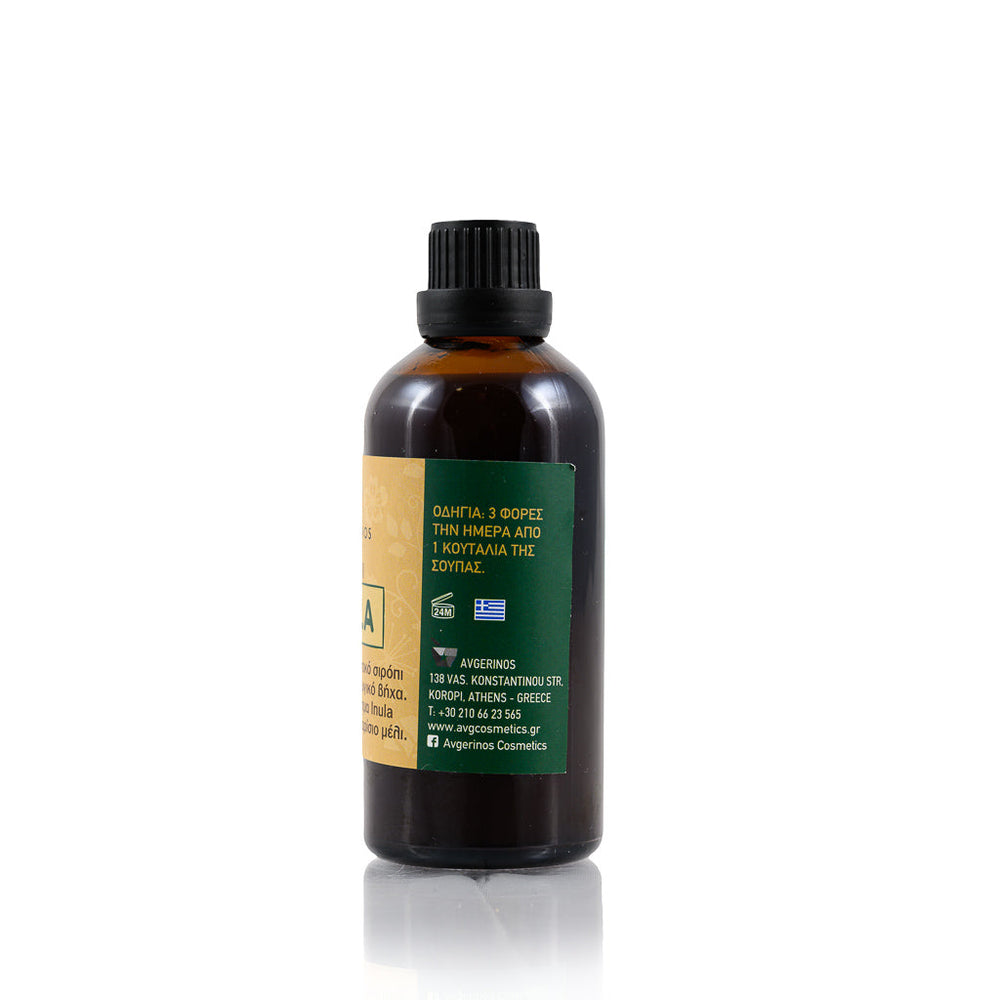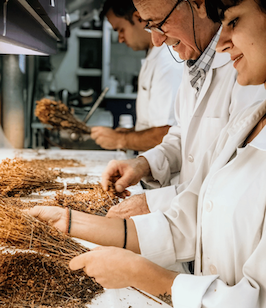Amla - Emblica Officinalis
We have all heard about the benefits of vitamin C and from which foods we can supply our body with its antioxidant action. But knowing the enchanting world of nature we will be surprised when we find ourselves in front of the richest source of vitamin C which is none other than the amla fruit.
The amla tree, which we will often find under different names such as: Indian gooseberry, Emblica Officinalis or amalaki, is a delicate and durable tree that grows in the countries of Southeast Asia. Its flowers are light green in color and develop into a fruit with a strong sour taste! After the first four years, the tree reaches maturity and begins to produce fruit. Its fruits have special medicinal power and in fact, amla is widely prescribed by its healers.
of Ayurvedic Medicine for more than 2,500 years. Its benefits extend throughout the body from head to toe!!! Amla has a sour taste but our tongue easily recognizes the spicy, bitter, astringent and sweet taste. That is, it includes five of the six flavors (except salty). The paradox is that it is considered a herb and not a fruit and this is because of the morphology of the tree. Amla ranks among the adaptogens
herbs.
Many researches support data that the benefits of amla include anti-diabetic, hepatoprotective, antimicrobial and strong antioxidant activity. Consuming the amla fruit has been linked to a number of health benefits, such as stimulating microcirculation, urinary function, blood purification thereby helping to reduce blood glucose and weight loss.
Many studies have shown that frequent consumption of amla (powder, formulation, or fresh fruit) significantly and immediately improves blood sugar levels.
It is an excellent source of vitamin C, vitamin E, A, Ca, tannins and for this reason it ranks among the most powerful superfoods.
In the casing of the fruit there are amino acids which help to inhibit hunger. By regularly drinking juice containing amla we help the body lose fat mainly from the belly area.
Amla is a friend of the heart as it lowers total cholesterol, LDL and triglyceride levels. Its action in reducing blood pressure is also important.
Offering a high concentration of natural antioxidants and vitamin C, amalaki is a powerful ally for strengthening the immune system, nourishing tissues, deeply rejuvenating the body and gently eliminating toxins. It strengthens the health of the digestive system. The strong sour taste of amla is known to activate and support digestion, helping the body to easily absorb nutrients. It also cleanses and protects the liver, which plays a critical role in the digestion process. It also soothes, invigorates and revitalizes the intestines, supporting the proper and regular elimination of toxins. It is related to building strong bones, teeth and nails. It promotes thick and healthy hair and in Asian countries it is considered an essential ingredient in hair care products and
skin.
As an adaptogenic herb, amla supports a clear mind and enhances memory. It has a balancing emotional nature, encourages awareness and brings a sense of calm
in mind.
Ways of consumption
Grated fruit powder
Taking amla powder mixed with hot water or other substance that will act as a carrier of the ingredients, such as honey is one of the traditional methods of consumption.
Triphala to treat constipation
Triphala is the most widely known Ayurvedic formula and consists of three fruits amalaki, bibitaki, haritaki and is an effective combination for a lazy bowel.
Chyavanprash
Chyavanprash is a traditional nutritional jam mainly aimed at strengthening the immune system and rejuvenating the tissues. It is made on the basis of amla and also includes a number of other ingredients like ghee, sesame oil, herbs, and honey.
Side effects of Amla
Amla lowers blood pressure and helps reduce inflammation, which can increase the risk of bleeding or bruising in people with bleeding disorders. Since amla lowers blood glucose when taken regularly it may increase the risk of hypoglycemia.
Its use should be avoided by pregnant, lactating women, small children and people with low iron levels.
*The text is informative and in no case replaces the doctor's opinion.









Leave a comment